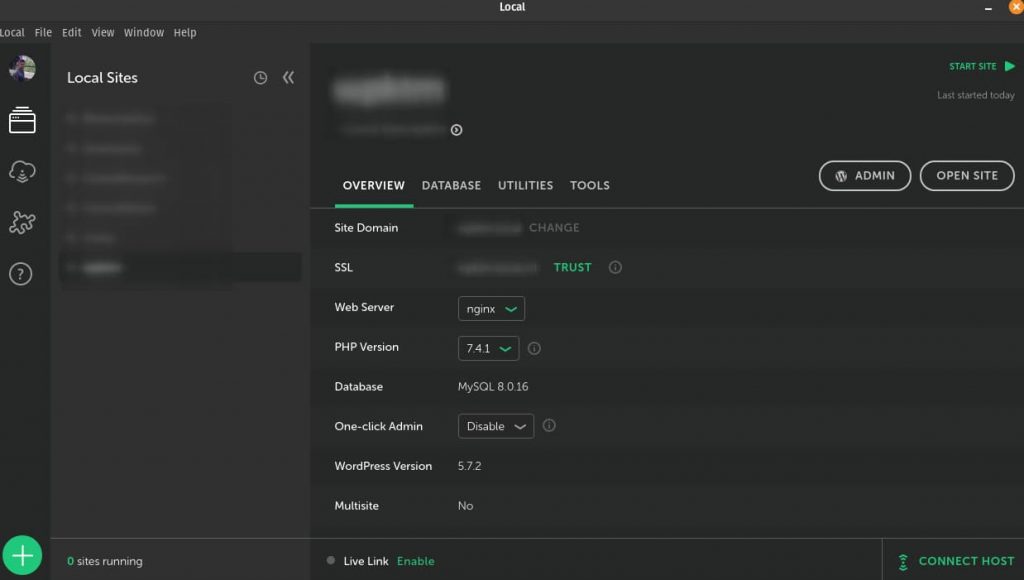

What we’re going to cover isn‘t for everyone, and these articles may be helpful to evaluate for yourself whether it’s the right technology for you and your project.
Local by flywheel tutorial generator#
If you are new to Gatsby and just now jumping into Gatsby’s generated static site generator bandwagon, I’d suggest reading “An Honest Review of Gatsby” by React expert David Cramer and “Gatsby vs Next.js” by Jared Palmer. I’m skipping a lot of those details here because the fundamental concepts are the same for this article, except that WordPress data is fetched by the Gatsby Source WordPress plugin this time. In my previous article, we covered the prerequisites needed for setting up WordPress and Gatsby sites, and porting back-end WordPress data to a Gatsby-powered front-end site with site deployment. Let’s set everything up together and tour the plugin. For the Gatsby framework, the Gatsby Source WordPress plugin is recommended, and it utilizes WPGraphQL to source data from WordPress.

In the true sense of a “decoupled” or “headless” site, WPGraphQL can be used to port WordPress data to other frameworks, like Next.js, Vue.js, among others. The Denver Post, The Twin Cities Pioneer Press, The San Jose Mercury News, and Credit Karma have a decoupled WordPress site with WPGraphQL.

The WPGraphQL plugin site has solid step-by-step documentation for getting started, and the release announcement post lists nine examples of production-level sites using the plugin. We call this a “decoupled” or “headless” CMS because the site’s back-end and front-end are separate entities that still talk to one another via APIs where components on the front end consume data from the CMS. The WPGraphQL plugin can be used to create a site that uses WordPress for content management, but with a front-end that’s driven by Gatsby. Since the release of WPGraphQL v1.0 last November, the plugin is stable and available via the WordPress plugin directory. Although WPGraphQL was used in some production sites at that time, there were lot of iterations that introduced breaking changes. The project was done following the ongoing developmental version of WPGraphQL and an excellent tutorial by Henrik Wirth. In my previous article, I discussed how I learned to create a decoupled WordPress powered Gatsby site using the Gatsby Source WPGraphQL plugin.


 0 kommentar(er)
0 kommentar(er)
